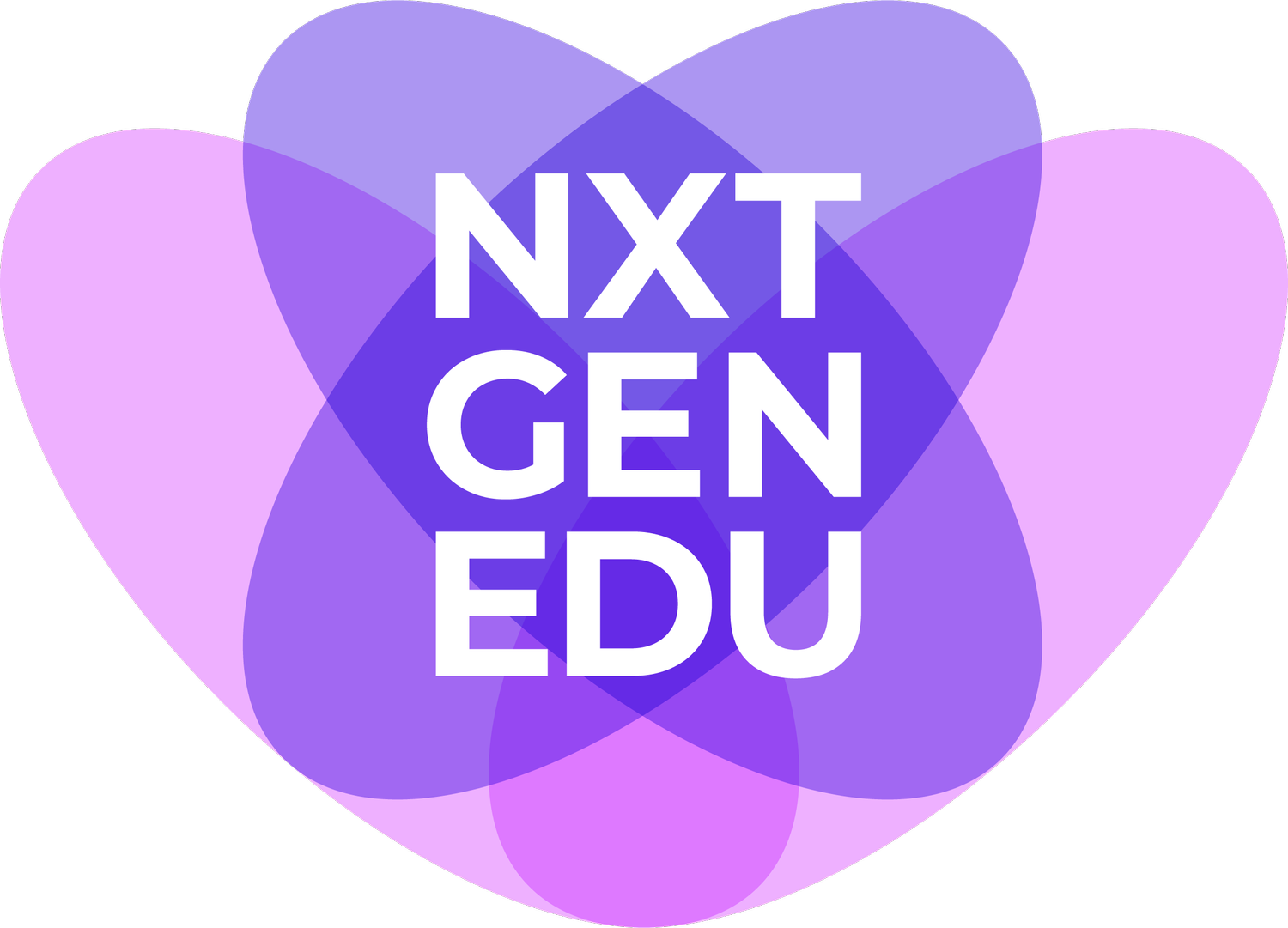Impediments To Progress (3/3)
“The future has a way of arriving unannounced” -- George Will
As we mentioned in our last article, a self-paced flexible model for instruction is eminently possible with today’s internet technology. In fact, schools such as FLVS and private companies such as Lynda.com, have shown the viability of this approach. However, the vast majority of educational establishments have not changed but rather are offering a less flexible model at a higher price. What are the impediments to progress?
The reasons are many, but the fundamental issue has been the teacher practices in a "craftsman" model, which is the "gold standard" in this marketplace. With this model, the issues manifest themselves in two major ways ... incentives and local decision-making.
Teachers, like all human beings, are resistant to change. For most veteran teachers, the incremental cost of teaching a class using the same way next year is fairly low. However, teaching the class in a new manner incurs a large incremental cost. Thus, there is no incentive to make this investment at the local level. This is despite the fact that the investment has huge leverage at the global level. At the university level (especially major research universities), all the incentives reward progress in research, so there is very little motivation to invest in the teaching model.
Beyond the core human issues, all the institutional structures reinforce the current structures. These include:
Teacher Unions: It is very hard to innovate when the basic definitions of what it means to be a teacher may be quite different. This is not to say unions are good or bad. However, by their very nature, they are encouraging teaching methods of the past.
Funding Sources: Whether it is the local school board or the federal government, nearly all the current funding sources for education are based on concepts such as course hours (not competence) and semesters (based on an outdated agrarian calendar.)
Even when work has been done in the area of online course development, the results have been limited due to the fundamentals of the teacher operating in the craftsman model. Nearly all the courses follow the classroom+ model. In this model, instructor lessons are recorded and then with the aid of a production team, the result is enabled online. The approach has some value but since the course content is driven by the craftsman instructor, the core characteristics of instructor IP do not exist. These courses are not easy to improve and since the instructor is often seen as the owner, collaboration is difficult. This leaves a situation where online courses are often more expensive to deliver vs. their physical counterparts. (As an example, the state of Florida has invested in over 17 online calculus classes in the university system.)
MIT has been unique in offering license-free open source versions of its course materials. The level of course IP development is variable but this core could be used as a basis for a broader strategy on IP development. MIT (with a small number of other schools) is building interesting monetization models based on leveraging their IP assets with online degrees (e.g. mini-Master's.)
Overall, there is need to shift away from the teacher as craftsmen model, the inclusion of collaboration structures and the inclusion of professionalization of instruction development. Given the existing structures, it seems very unlikely that the current institutions will be able to offer such a radical shift in the working model. As discussed in the work by Clayton Christensen, the disruptive model likely will come in from the outside of the current institutional structure. It will come from organizations which do not suffer the same institutional biases.
